Many elders say that they do not know when the Chuc tree (called Kot-sot by the Khmer people) appeared, but it has been closely present in the daily life and cuisine of this region. In the past, the Chuc tree was very precious because it only existed in a few villages and hamlets of the people.
Nowadays, people plant 1-2 trees in front of their houses, both for cooking, medicine and to repel snakes from entering the house. The tree is related to lemon, is a woody tree, can be 2-10m high. The leaves have essential oils, strong aroma. The fruit is round, the skin is quite thick, rough, green when young, yellow when ripe. Inside, the flesh of the fruit is yellow-green, has little water, is spicy and very sour.
“The tree takes 5-8 years to bear fruit. The older the tree, the more fruit it bears. The tree bears fruit once a year during the rainy season, around the 6th-8th lunar months,” said Neang Ray Tha, a resident of O Lam commune.
Both the fruit and leaves of the Chuc tree have their own uses, and are often used by people as a remedy for colds, stuffy noses, indigestion, etc. Women in the Bay Nui region use the fruit to wash their hair, making it smooth and shiny. The gentle fragrance of the Chuc tree emanates from the hair, helping to refresh and help them sleep.
The fruit is popularly used as a substitute for lemon, creating a sour taste when eaten fresh, as a refreshing drink or as a spice for dipping sauces, salad dressings, etc. The juice of the fruit is also used to treat anorexia and skipping meals in buffaloes and cows.
Wishing tree in the Seven Mountains region.
The fruit has an unusual shape.
The leaves also have a characteristic aroma like the fruit, so they are used as a spice in preparing many delicious and attractive dishes such as: Steamed chicken with leaves, grilled fish with leaves, dried chicken with leaves, grilled beef with leaves, steamed snakehead fish with leaves, hot pot... making diners crave and be fascinated.
“I really like the flavor of the leaves and fruits of the Chuc tree, which make many extremely attractive delicious dishes that no other type has,” said Lam Thi Bich Tuyen, a tourist from Ho Chi Minh City. In addition, the Chuc tree leaves also help stimulate the sense of smell and gastric juice of the eater, help remove the fishy smell of dishes containing high protein (beef, chicken, eel, snake) and aid digestion. People crush the Chuc tree leaves and put them in ponds and lakes so that the fish can grow quickly and healthily. In addition, the Chuc tree peel contains a very high content of essential oils, suitable for extracting essential oils for flavoring and medicine.
Ms. Chau Hai Yen, residing in Tri Ton commune, successfully researched and produced the essential oil of the fruit. She said that the fruit is grown in the Bay Nui area, without using fertilizers or pesticides, so the tree is not contaminated with toxic substances. Therefore, many products made from the fruit such as: Essential oils, soap, hand sanitizer, dishwashing liquid, hair serum, etc. are very friendly to users.
Nowadays, due to the increasing demand for the consumption of leaves and fruits, some farmers propagate by grafting, grafting, and growing seeds for sale. When the trees in the Bay Nui region bear fruit, people look to buy old fruit to separate the seeds and grow the seeds. On average, 1kg of old fruit can grow about 300 seedlings.
“When raising and selling seedlings, you don’t have to worry about the output, because the longer you wait for the tree to grow, the higher the selling price will be. You just have to wait for the market and the right time, you never have to throw it away,” said Ms. Nguyen Thi Thu, a resident of Nui Cam commune.
The values of the tree are known to people in and outside the province. Gradually, they are grown as ornamental plants, and the leaves and fruits are used as spices in some daily dishes, contributing to increasing the value of this typical tree species in the Bay Nui region.
Article and photos: TRONG TIN
Source: https://baoangiang.com.vn/cay-chuc-vung-bay-nui-a425423.html


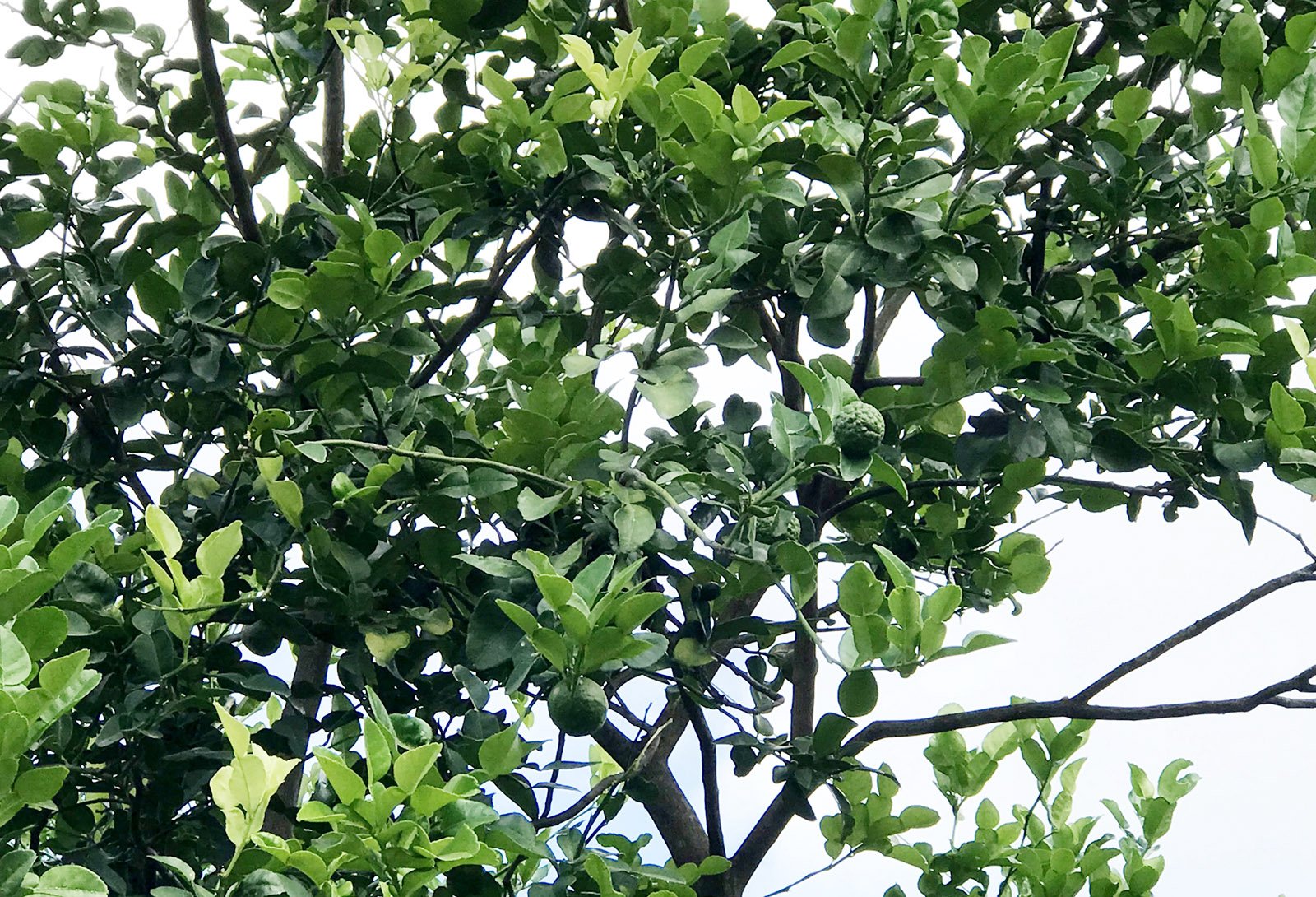
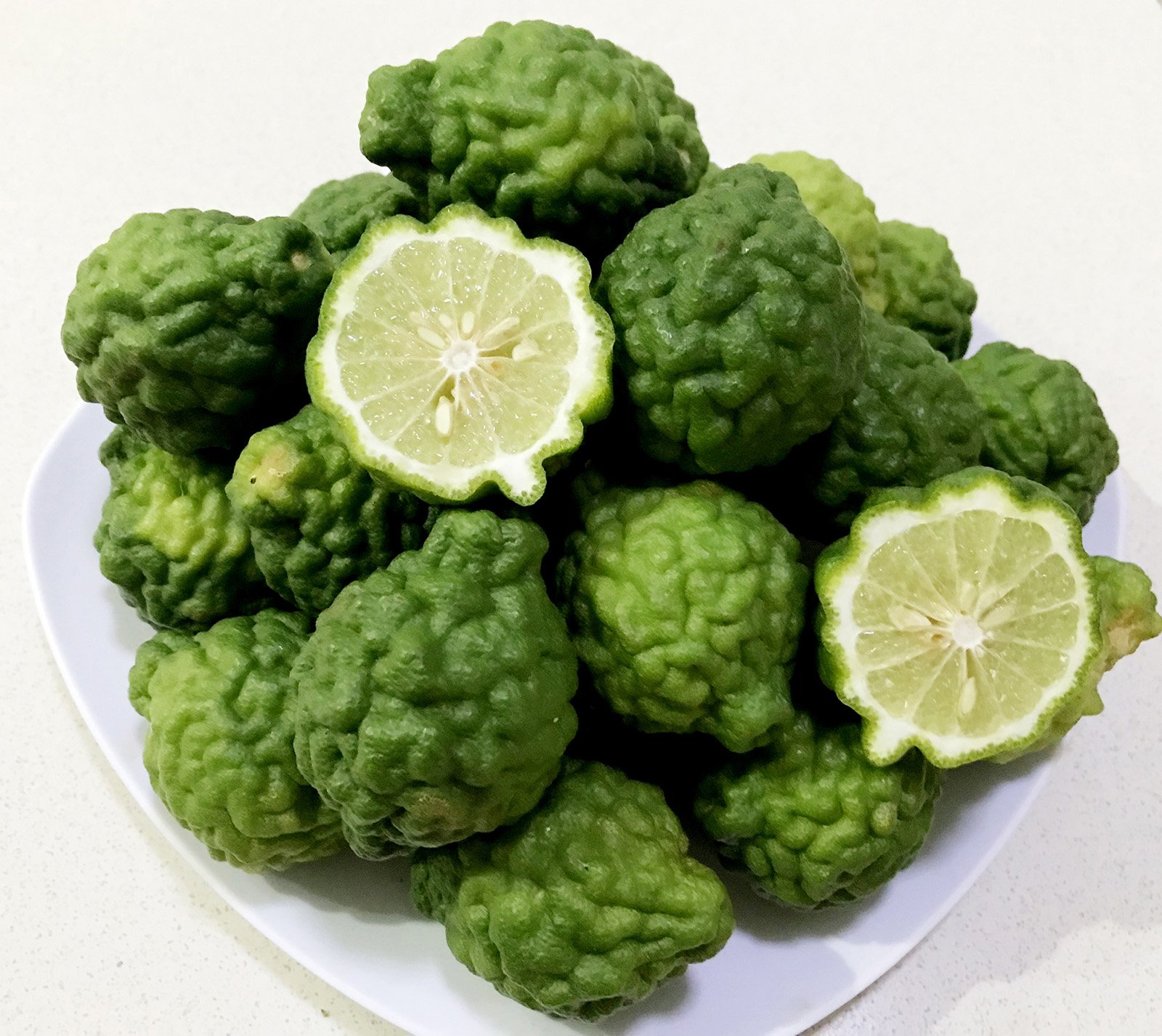

![[Photo] Soldiers guard the fire and protect the forest](https://vphoto.vietnam.vn/thumb/1200x675/vietnam/resource/IMAGE/2025/9/27/7cab6a2afcf543558a98f4d87e9aaf95)









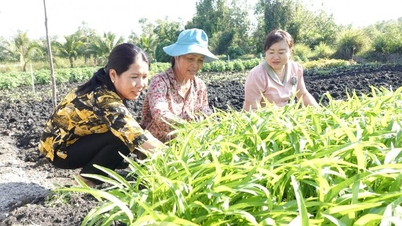
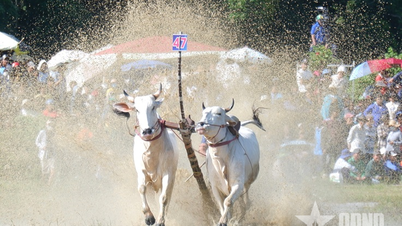






















![[Photo] Prime Minister Pham Minh Chinh attends the 1st Hai Phong City Party Congress](https://vphoto.vietnam.vn/thumb/1200x675/vietnam/resource/IMAGE/2025/9/27/676f179ddf8c4b4c84b4cfc8f28a9550)




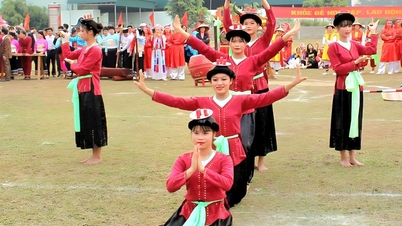



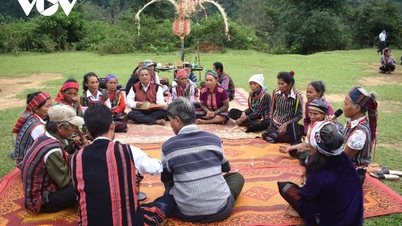
















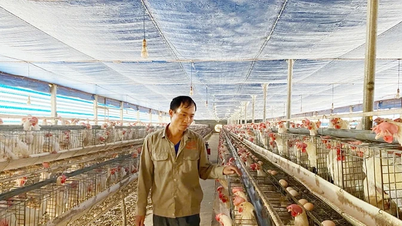
























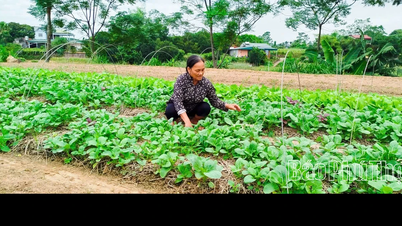





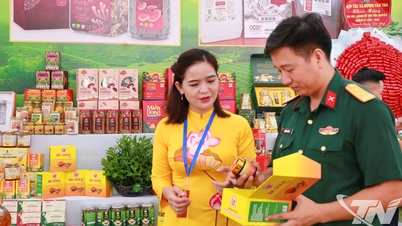

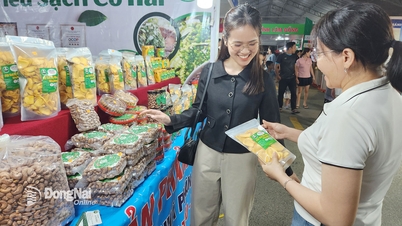





Comment (0)